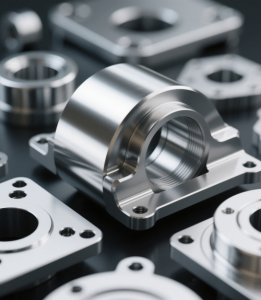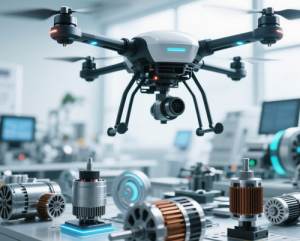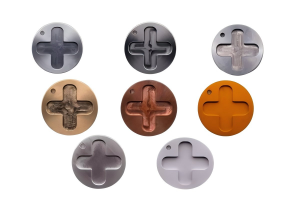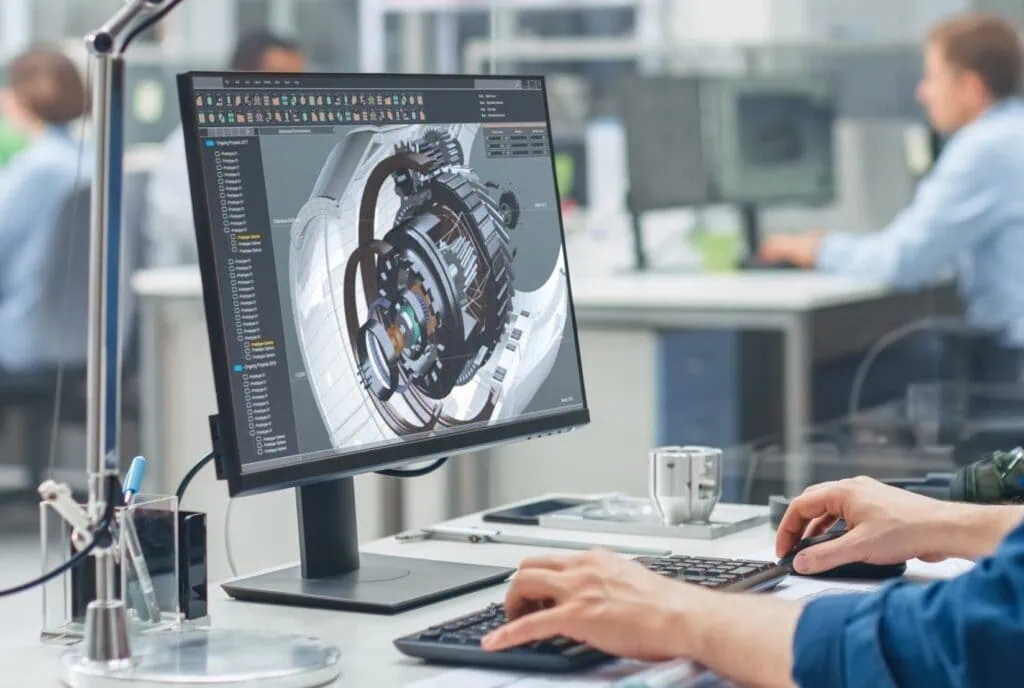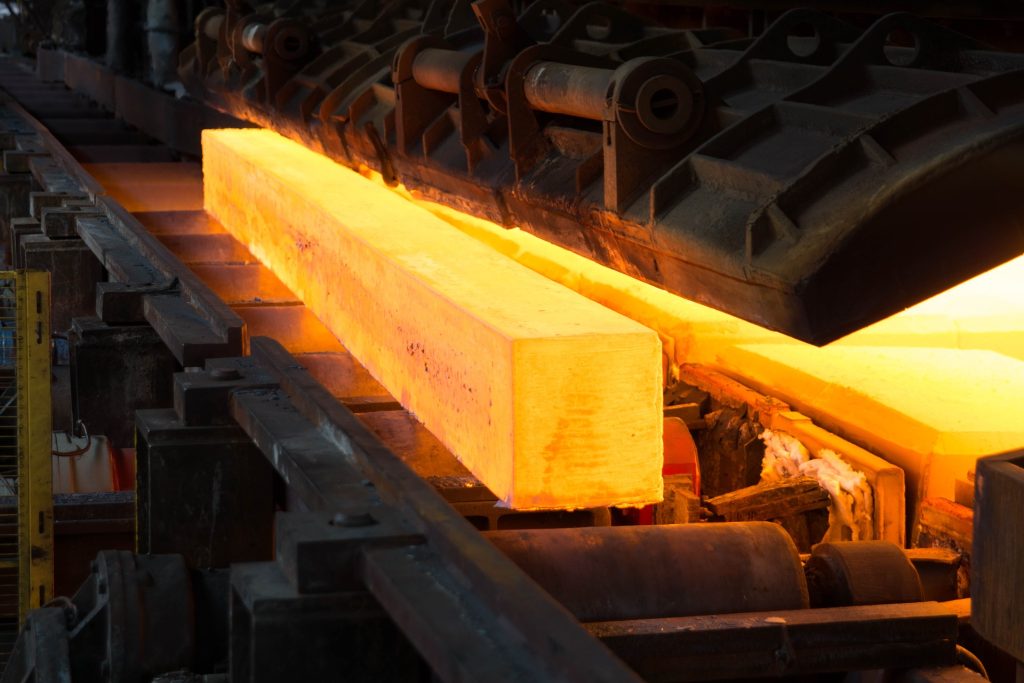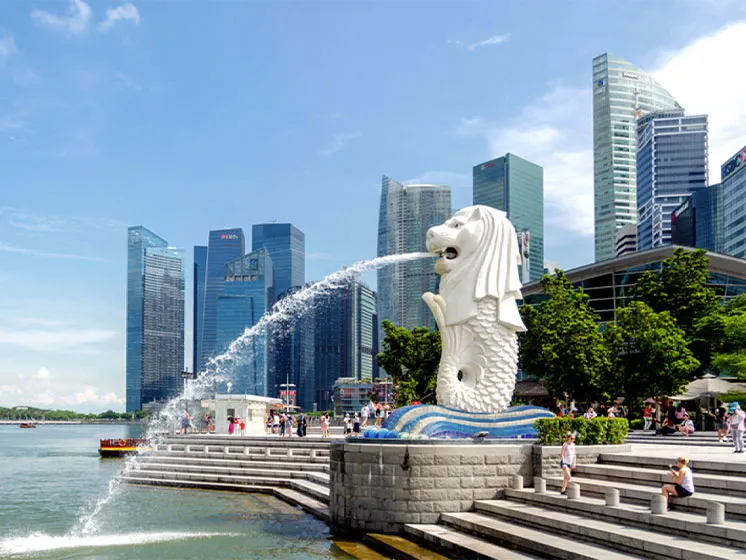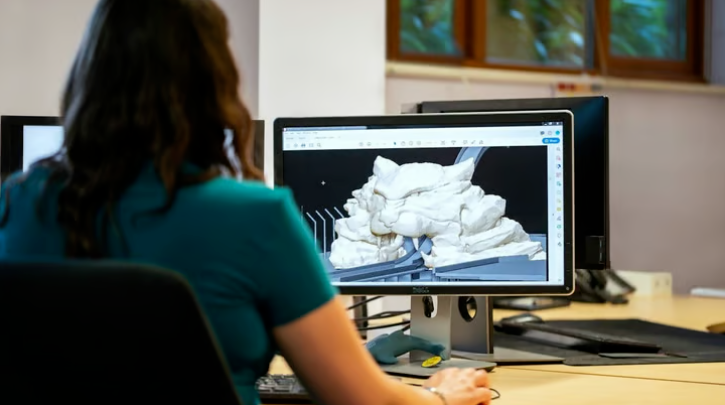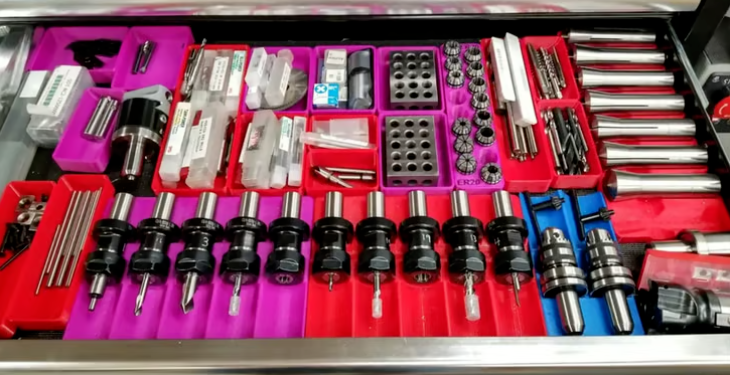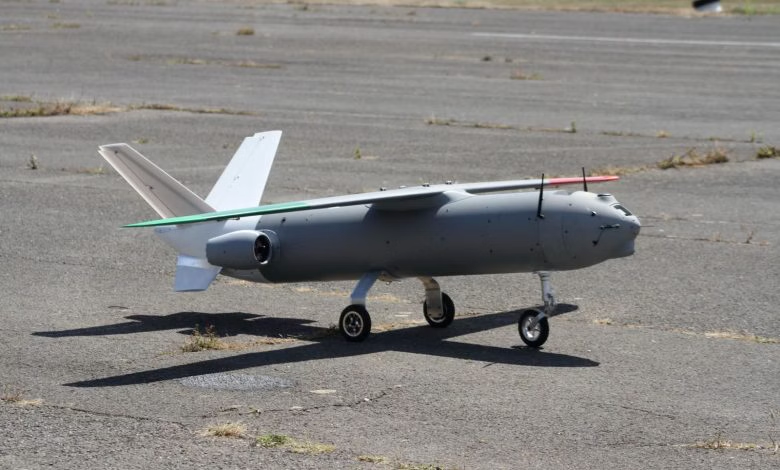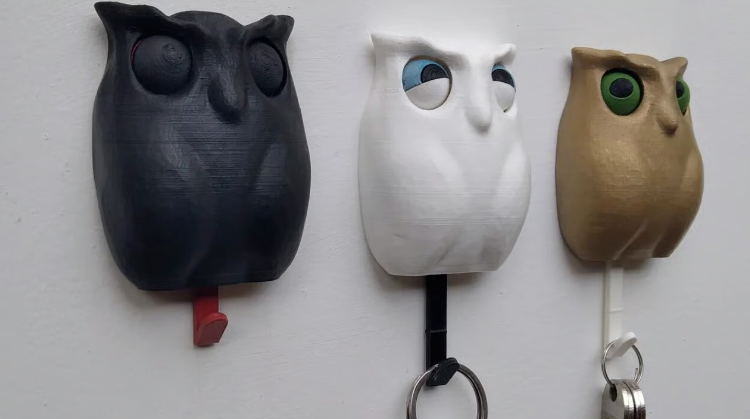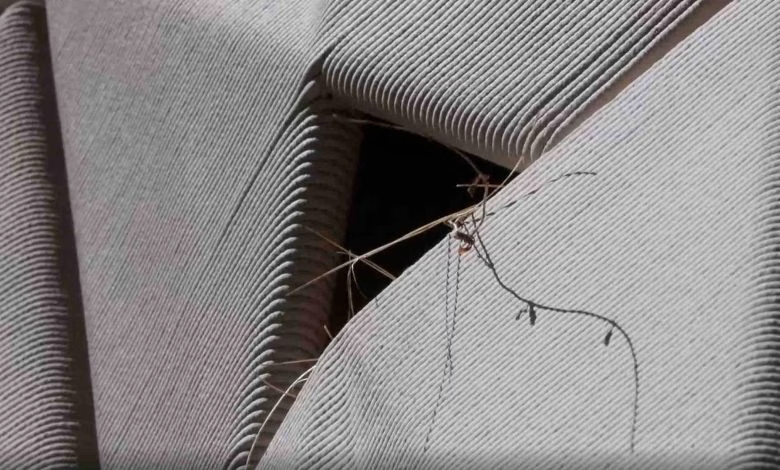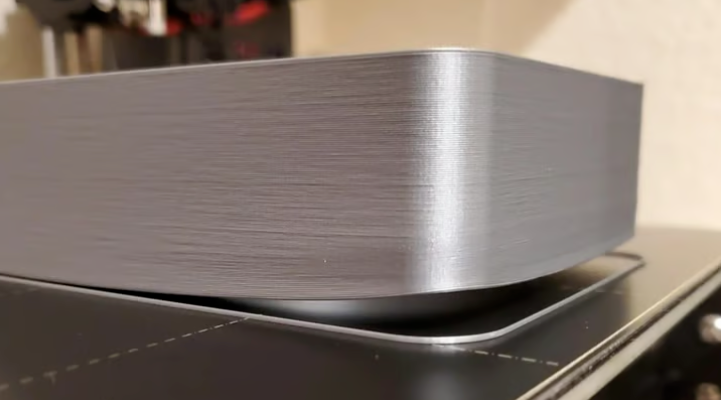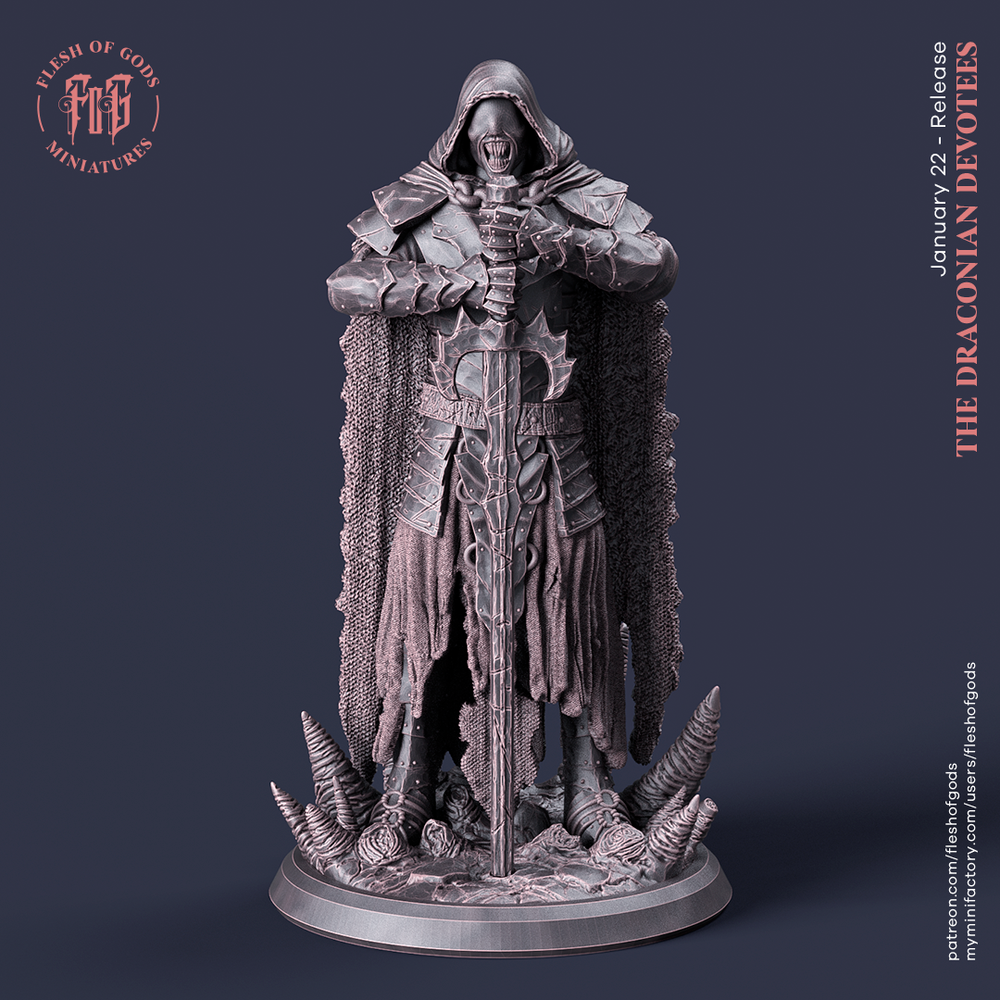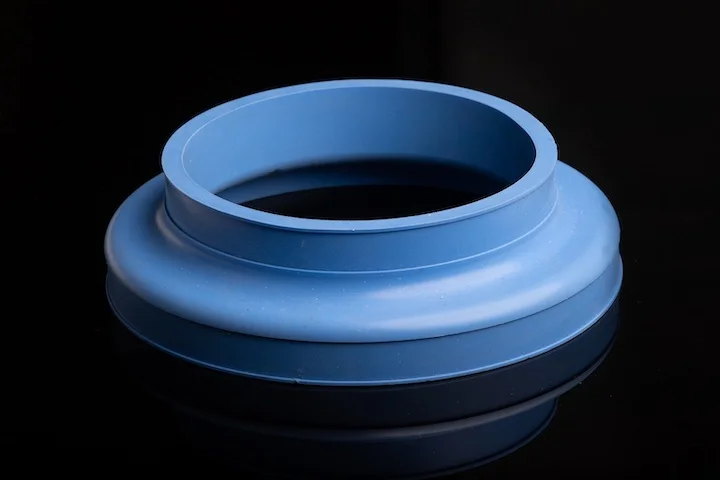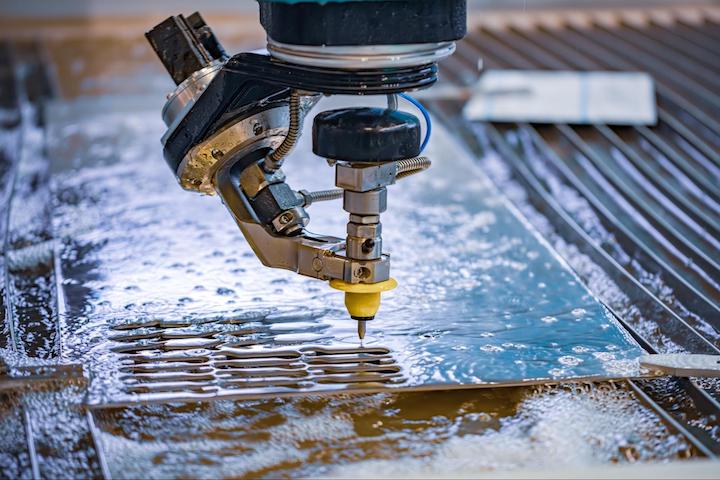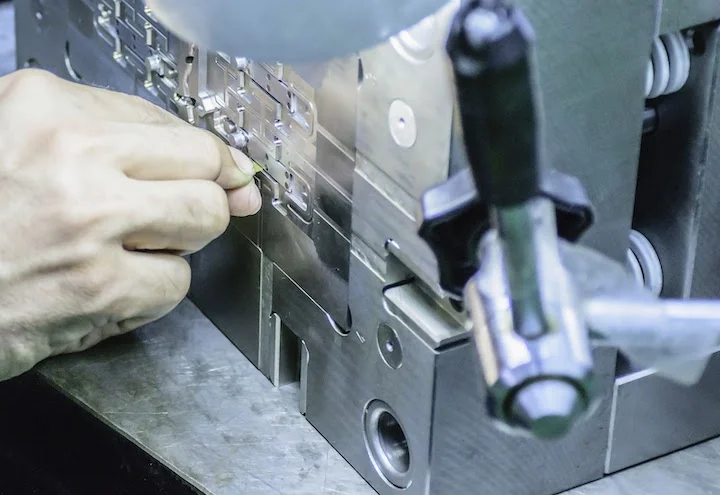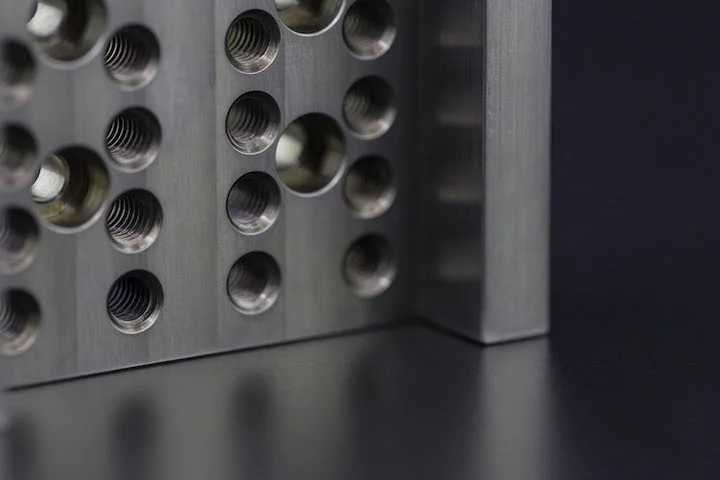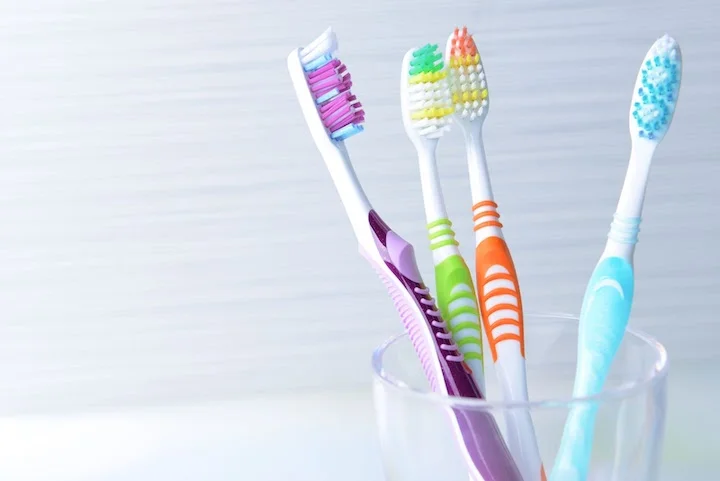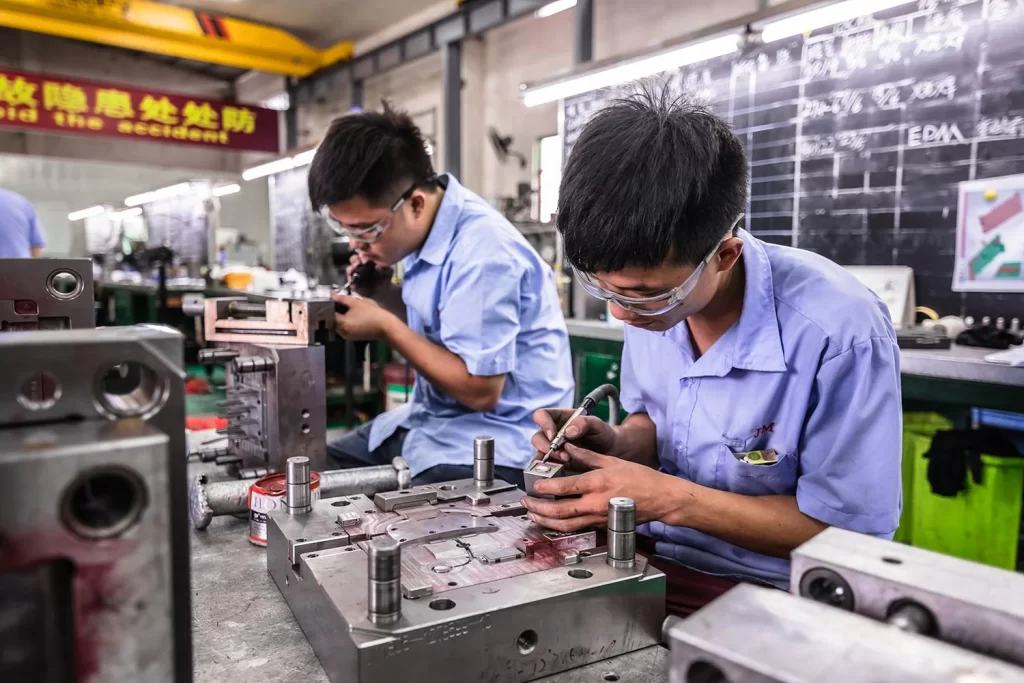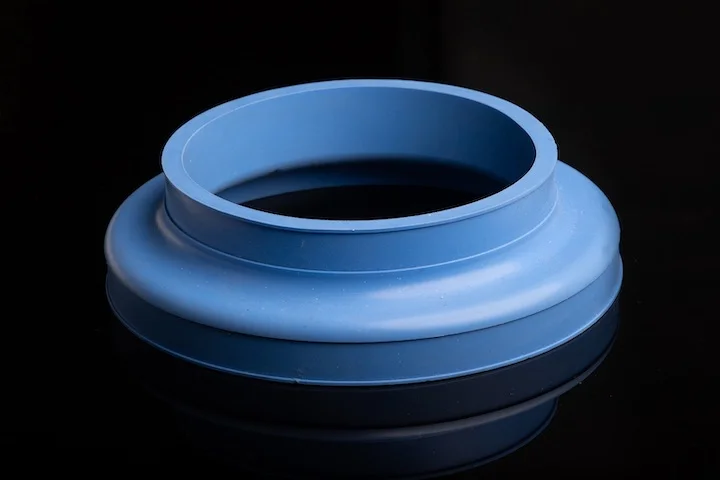Osprey Packs, Inc., a Colorado-based backpack manufacturer, has recently been granted Patent No. 12,336,619 by the United States Patent and Trademark Office (USPTO). This modular backpack system patent utilizes 3D-printed waist pad technology to optimize weight distribution, enhance breathability, and improve ergonomic fit. Filed on January 29, 2021, and officially approved on June 24, 2025, the patent details a personalized adaptation 方案 for professional backpacks through variable stiffness structures and digital customization processes.
The waist pad features an integrated lattice structure composed of beam-column nodes forming hexagonal and other polygonal units. This internal geometry is formed via additive manufacturing technology and bonded to a peripheral 带状 base fixed to the backpack. The patent describes two forms: a rounded convex curvature version and an angular straight-edge version, both equipped with elongated ventilation holes and presenting an isosceles trapezoidal outline. The waist pad can be mounted on rigid foam back panels or tensioned mesh back panels and integrated with shoulder strap and waist belt systems.
Stiffness Zoning
The waist pad achieves stiffness grading through regional thickness differences. Pressure distribution diagrams (Figures 7/8) show that the central area has the strongest compression resistance, surrounded by concentric boundary zones with gradually decreasing hardness. The hardness standard is based on the force required for a 28.5mm diameter indenter to compress the pad by 40% of its depth, with measured hardness values in each region ranging from 17.4 to 50.9 Newtons. One embodiment exhibits increasing hardness from top to bottom, while another shows a gradient distribution from the edges to the center.
Lattice Structure
The lattice can have up to 12 layers. Internal units are mostly vertically arranged standard hexagons, while edge units vary according to contour requirements. In multiple embodiments, at least 80% of vertically aligned units have equal side counts. The entire structure is formed in one continuous 3D printing process using flexible polymers, with surface perforations designed to promote ventilation and drying while reducing sweat accumulation during movement.
Customization System
Osprey’s online customization platform allows users to input body dimensions and load requirements, based on which components such as waist pads, shoulder straps, waist belts, and back panels are manufactured using the same lattice structure. Personalized adaptation is achieved by adjusting unit arrangement, number of layers, and material density. Fixing methods include adhesive areas, tenons, stitching, fusion welding, and ultrasonic welding. Figure 6 shows the adhesive contact points and anchoring protrusions on the upper surface of a variant.
Material Properties
The patent specifies the material as a wear-resistant polymer that remains flexible within a temperature range of -40 to 100°C, with UV resistance and sweat-salt corrosion resistance, and a maximum load-bearing capacity of 40kg. The surface adopts a micro-textured perforated design to promote air circulation and moisture evaporation, complying with REACH, Proposition 65, and Bluesign environmental standards.
Adaptation Design
Some embodiments use extended edges and concave central channels to adapt to different back panel types, while others are configured with multiple vertical long holes to enhance breathability. The curvature and filling gradient map typical lumbar anatomical structures, and the same principle is applied to the lattice linings of shoulder straps and waist belts and gradient stiffness interfaces.
Patent diagrams show a variety of complete backpacks, including foam back panel and suspended mesh back panel models, as well as modular systems with interchangeable waist pads. All solutions maintain the integrity of the lattice structure, with no adhesives or sutures inside. Although the patent does not mention specific product launch plans, this technical framework supports large-scale customization of additive manufacturing, integrating airflow regulation, mechanical 分区 compression resistance, and ergonomic adaptation into a single component, enabling the production of high-performance backpacks that match users’ specific biomechanical characteristics.
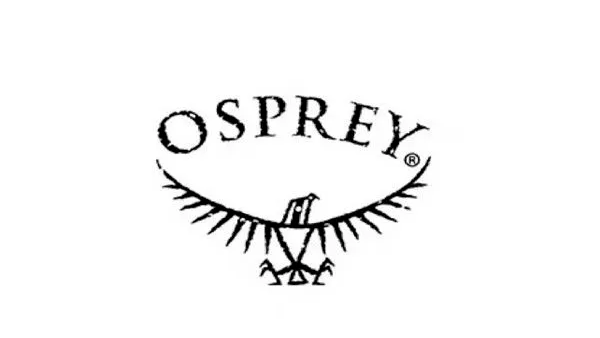
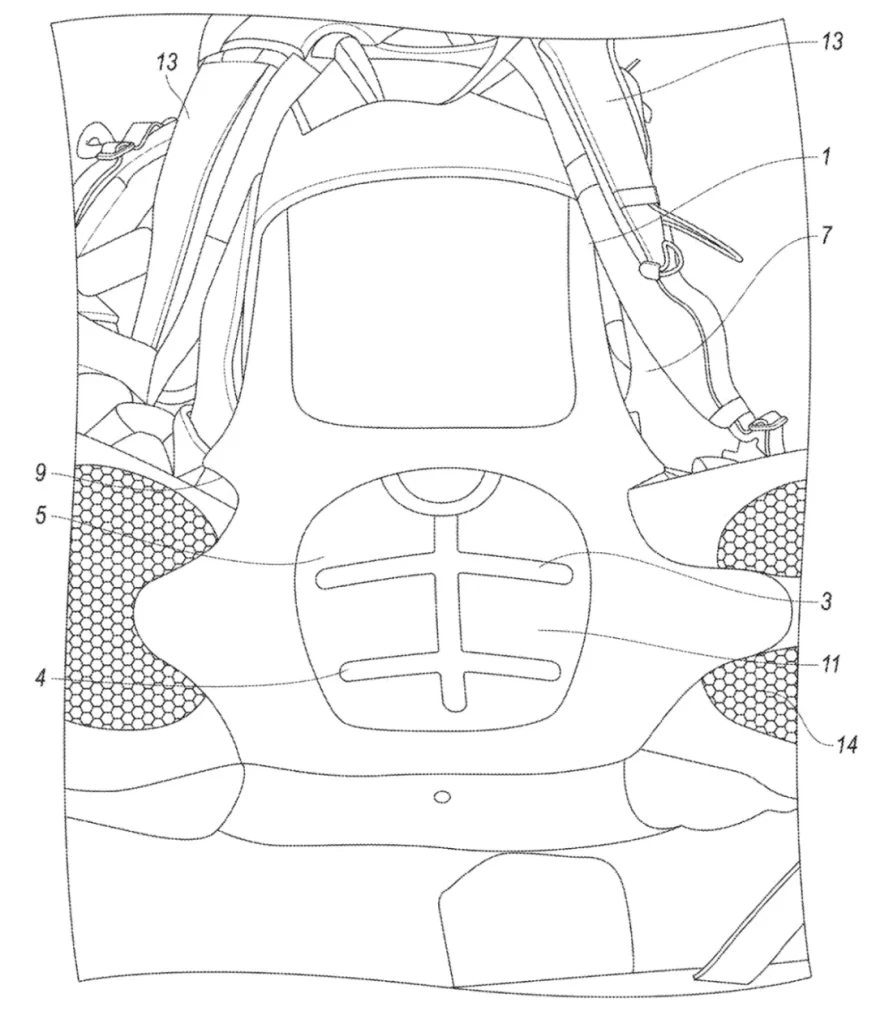
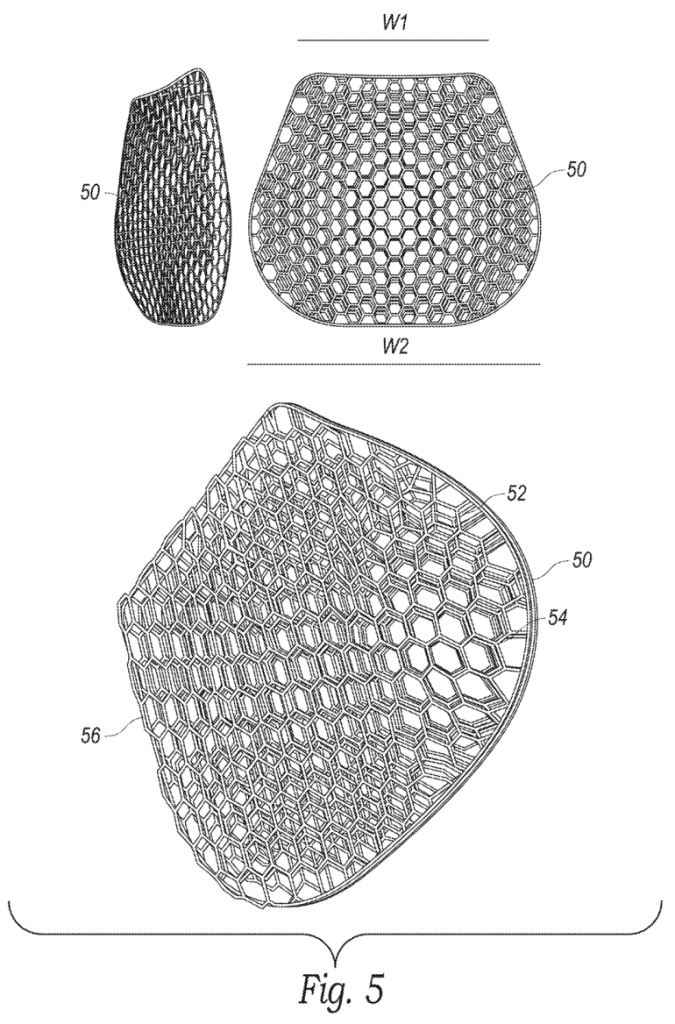
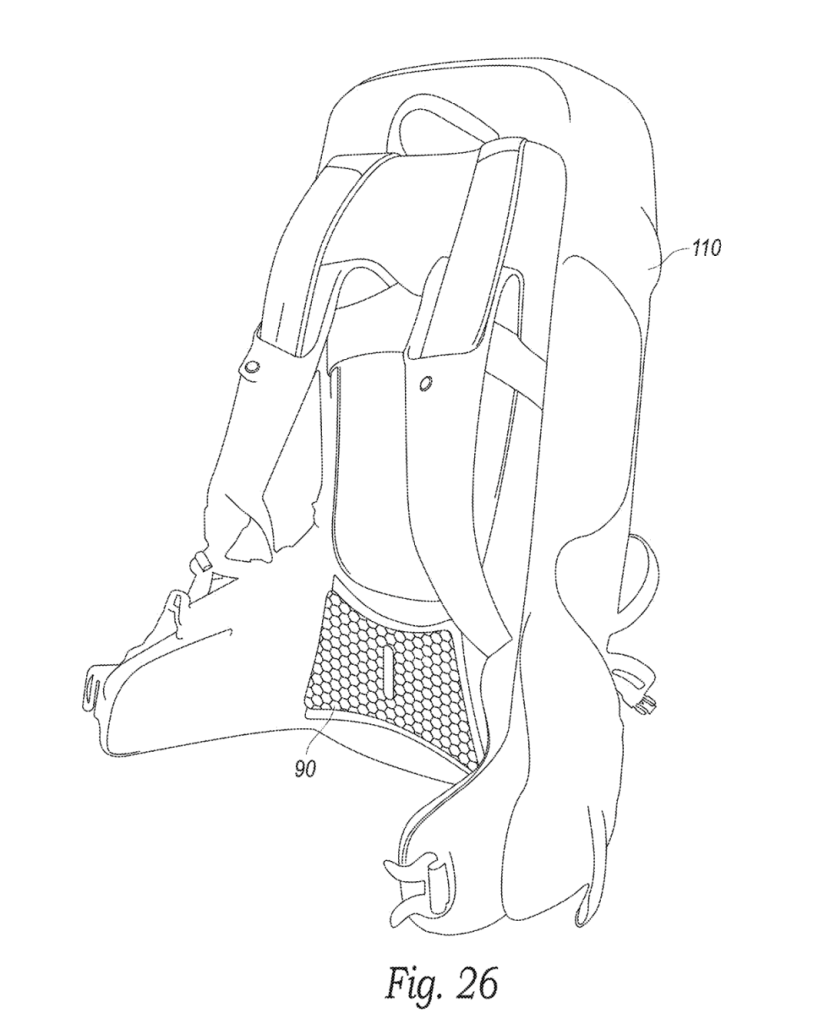
For more information, please contact Debaolong Seiko. You are also welcome to upload your designs to Debaolong Seiko for a quote.

